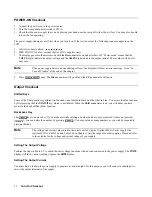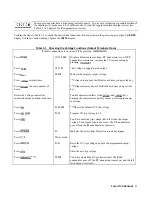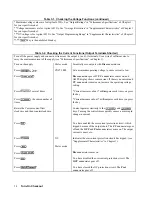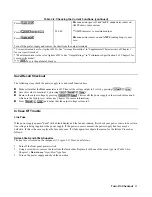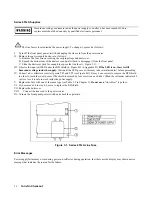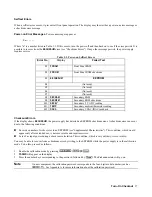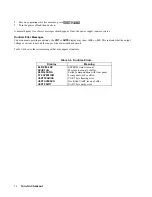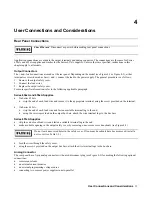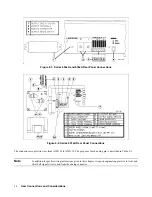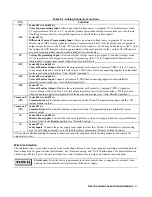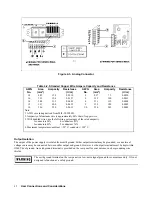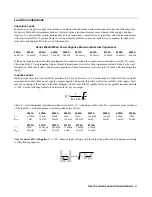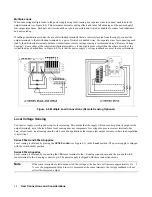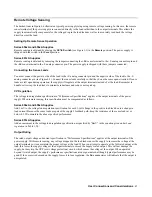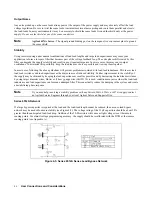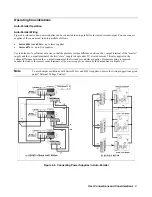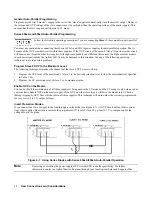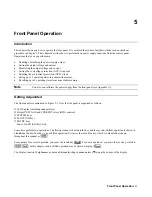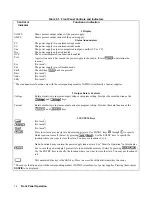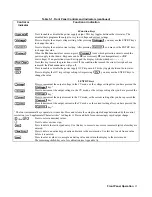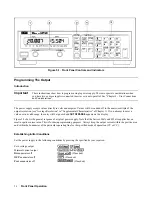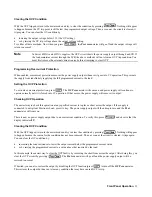
User Connections and Considerations
44
Multiple Loads
When connecting multiple loads to the power supply using local sensing, use separate wires to connect each load to the
output terminals (see Figure 4-4). This minimizes mutual coupling effects and takes full advantage of the power supply's
low output impedance. Each pair of wires should be as short as possible and twisted or bundled to reduce lead inductance
and noise pickup.
If cabling considerations require the use of distribution terminals that are remotely located from the supply, connect the
output terminals to the distribution terminals by a pair of twisted or bundled wires. Use separate wires for connecting each
load to the distribution terminals. In these circumstances, remote voltage sensing is recommended (see “Remote Voltage
Sensing”). Sense either at the remote distribution terminals or, if one load is more critical than the others, directly at the
critical load (see dashed lines in Figure 4-l). Note that the power supply’s voltage readback occurs at the sense terminals.
Figure 4-4. Multiple Load Connections (Remote Sensing Optional)
Local Voltage Sensing
Your power supply was shipped set up for local sensing. This means that the supply will sense and regulate its output at the
output terminals, not at the load. Since local sensing does not compensate for voltage drops across screw terminals, bus
bars, or load leads, local sensing should only be used in applications that require low output current or where load regulation
is not critical.
Series 654xA and 655xA Supplies
Local sensing is obtained by placing the
SENSE switch
(see Figure 4-1) in the
Local
position. The power supply is shipped
with the switch in this position.
Series 657xA Supplies
Local sensing is obtained by connecting the
+LS
sense terminal to the +S analog connector pin and the pin and the
-LS
sense terminal to the -S analog connector pin. The power supply is shipped with these connections made.
Note
If the sense terminals are left unconnected, the voltage at the bus bars will increase approximately 3 to 5
% over the programmed value. Since it is measured at the sense terminals, the voltage readback will not
reflect this increased output.



